AutoTrader Storefront
.webp)
The results so far
Faster speed to market
Increase in website engagement
Lift in high-intent traffic
My role
I led the design delivery and handoff, front-end development and external creative communication for the digital Storefront MVP. I am currently leading the DesignOps, product roadmap, conversion and optimization, creative development and art direction.
Customer Insights & Ideation
Collaborated with project managers and a design leadership to uncover insights and shape features based on customer behaviors and motivations.
Experience Strategy & Vision
Developed frameworks and prototypes to define vision, design principles, and content strategy—aligning teams and driving key decisions.
Planning & Scope Definition
Defined product scope with PMs, balancing customer needs with business goals. Led prioritization and negotiation of features for launch and beyond.
Cross-Platform Coordination
Worked with platform developers and PMs to adapt features across multiple platforms, ensuring a seamless experience.
Design Execution & Development
Designed and refined user experiences for AutoTrader.ca—delivering wireframes, prototypes, and detailed design specs.
Leadership
Presented work, processes and platforms to leadership, securing buy-in and alignment across AutoTrader and client/agency teams.
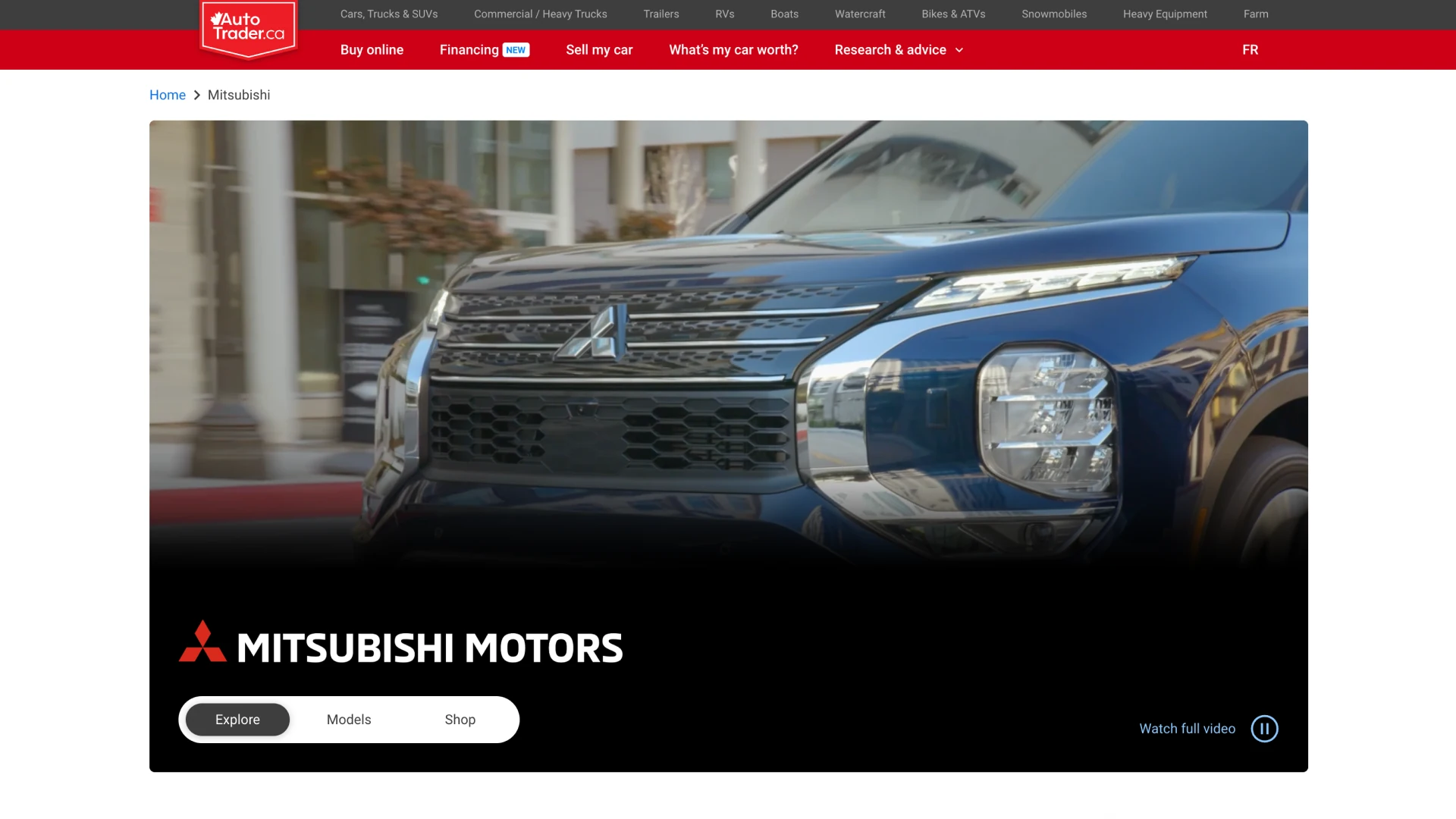
The Challenge
Rewriting the AutoTrader Playbook: From Used Cars to Premium Brand Experiences
AutoTrader.ca needed to redefine its presence in the new car marketplace, shifting consumer perception beyond used car listings. The goal was to create a premium, high-performance digital shopping experience for automotive brands that drove brand awareness, increased engagement, and delivered high-intent leads to manufacturers. The challenge? Build an MVP fast, under tight constraints, while ensuring scalability for future expansion.
Beyond design, I played a key role in aligning the initial tech stack strategy, advocating for Webflow as a core tool to accelerate time to market. Given the ambitious timeline, we needed a development approach that allowed for rapid iteration without compromising on design quality. I helped lead the initiative to bring in an external Webflow agency, reviewing SOWs, interviewing potential partners, and ultimately securing a team that could execute efficiently. While speed was the immediate driver, my expertise in Webflow ensured that Storefront would remain flexible and scalable post-MVP, allowing for ongoing optimization and ownership beyond the initial launch. We were also featured by Webflow for this project.



The Approach
Good, Fast, (Not Too) Cheap: Balancing Speed & Scalability
With a strict go-to-market timeline, we prioritized speed without sacrificing impact. Leveraging AutoTrader’s existing design system accelerated development while allowing room for customization where needed. We focused on crafting a seamless, brand-specific experience that combined immersive exploration, rich content, and conversion-driven design—all while ensuring the framework could scale for future automotive partners.
"A fixed launch date, ultra-lean team and ambitious scope created a high-pressure environment with complex coordination and time constraints."
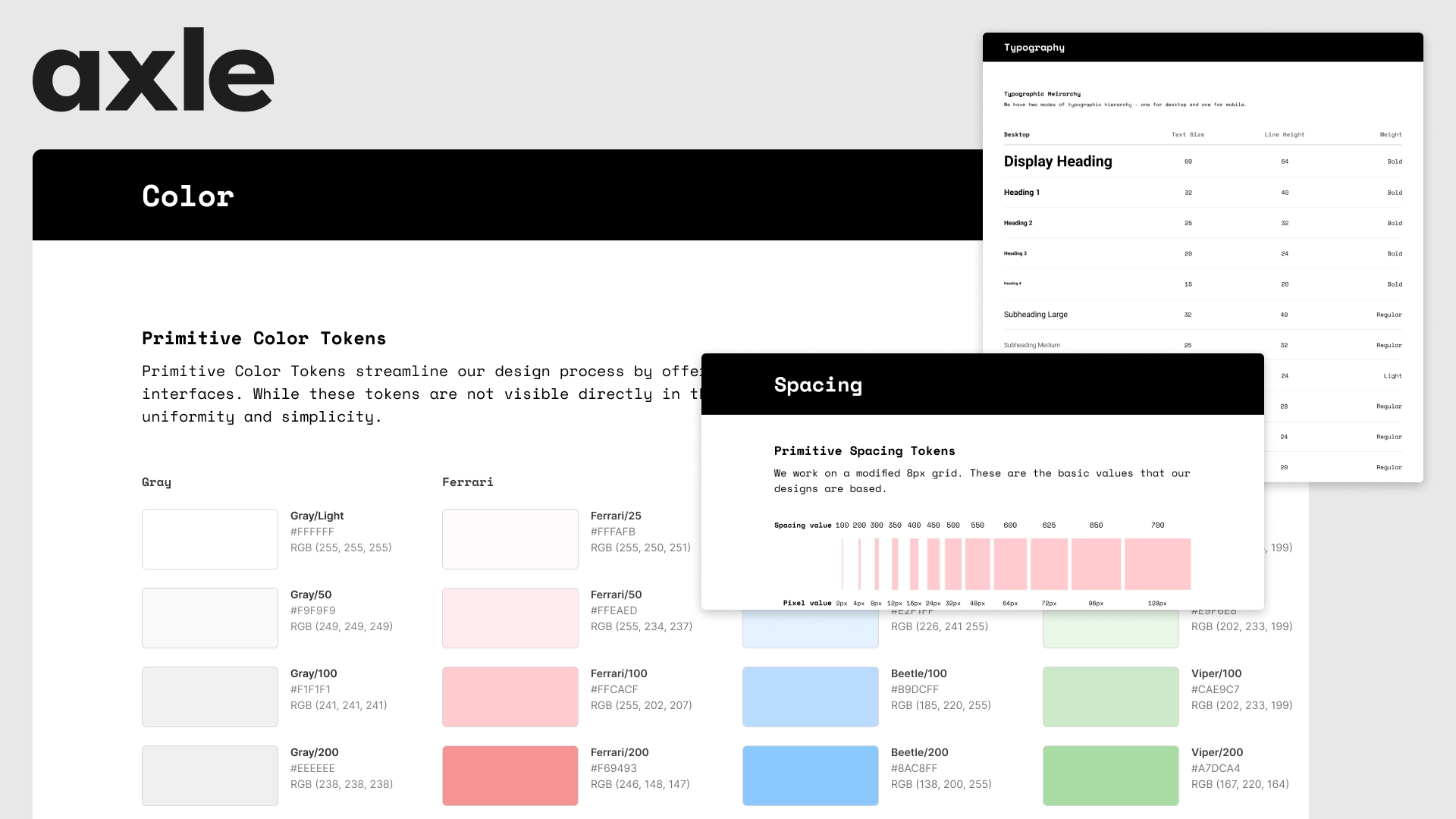
A key part of this strategy was capitalizing on our internal design team’s skill sets and integrating Webflow directly into our marketplace ecosystem. I pitched this approach to leadership, securing alignment on the platform as a foundational tool for Storefront’s development. By leveraging Webflow, we freed up our engineering teams to focus on complex integrations, APIs, and data structuring while giving the design team greater ownership over the experience. This decision not only accelerated MVP delivery but also ensured we had a flexible, design-led system for post-launch optimization and scale.
"Webflow empowers our design and content teams to own the website while our engineers focus on the technology that powers our car buying experience. With streamlined content management and seamless design updates, we’re collaborating better and moving faster than ever before."
This wasn’t a business-as-usual project—the design process had to be as fast and iterative as the product development itself. There was no rigid framework to follow; instead, adaptability was the driving force. Feedback and approvals came from multiple directions, both internally and externally, which meant we had to shift and respond in real time. The most valuable approach was simply getting thoughts out quickly, prototyping where possible, gathering early feedback, and moving forward without hesitation. It was all about momentum—show, refine, ship, repeat.
The Discovery
What Drives Car Buyers? (Hint: More Than Just Horsepower)
User insights were gathered through AutoTrader’s marketplace data and third-party research tools like GetFeedback. We analyzed consumer behavior to understand how shoppers engaged with automotive content and advertising. Key takeaways emphasized the importance of a premium feel, clear pathways to vehicle discovery, and strong calls to action. These insights shaped everything from UI decisions to traffic-driving strategies that funneled users from AutoTrader’s core marketplace to Storefront.


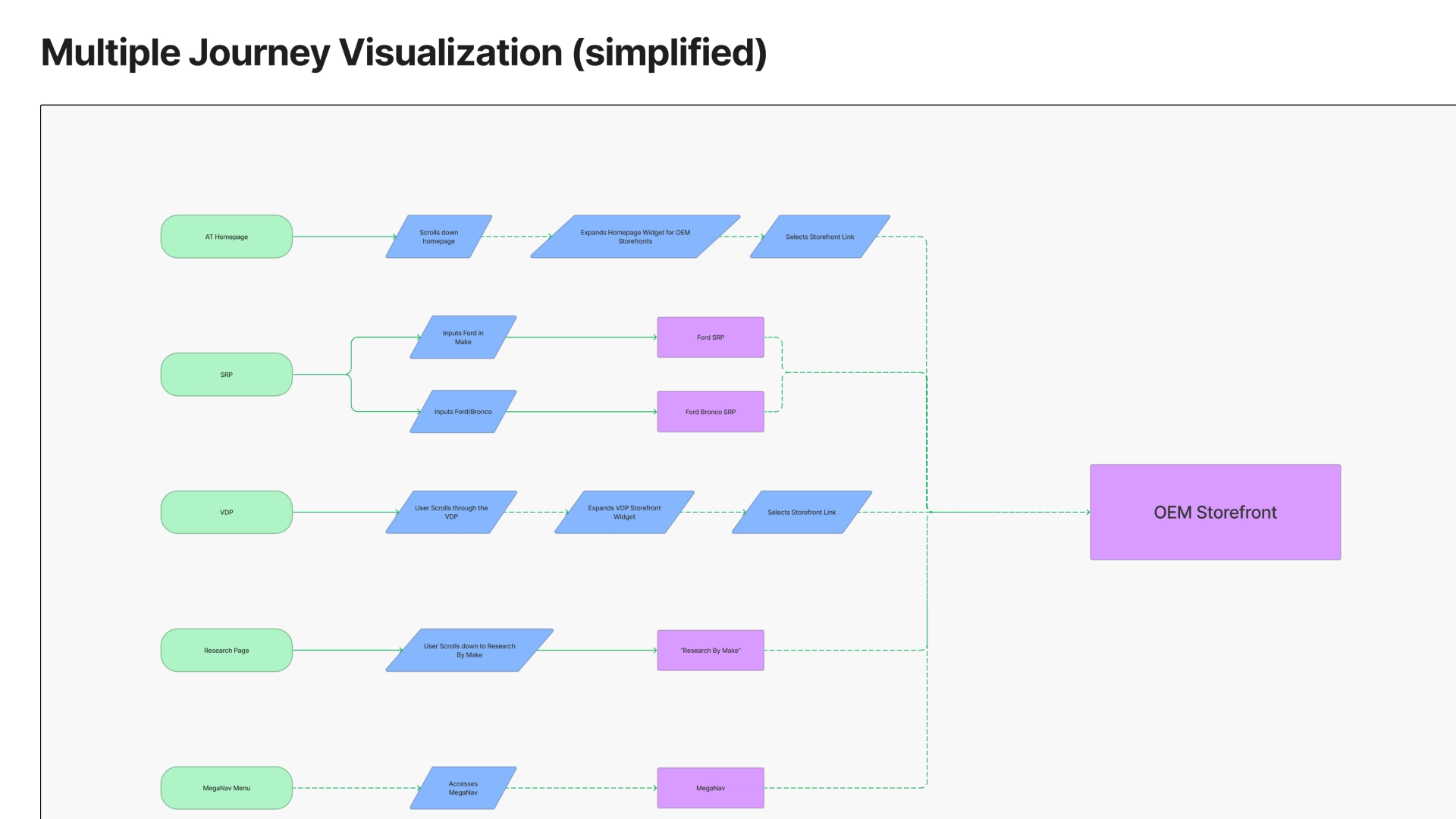
The Design
Building for One, Designing for Many
The MVP was built for Mitsubishi, but a major challenge emerged when expanding to Hyundai—scalability. Many components had to be reworked to accommodate larger brands, more complex product structures, and varying legal and ownership requirements. This forced iterative problem-solving around content adaptability, dynamic UI components, and responsive layouts to ensure a seamless experience across multiple brands.
.webp)
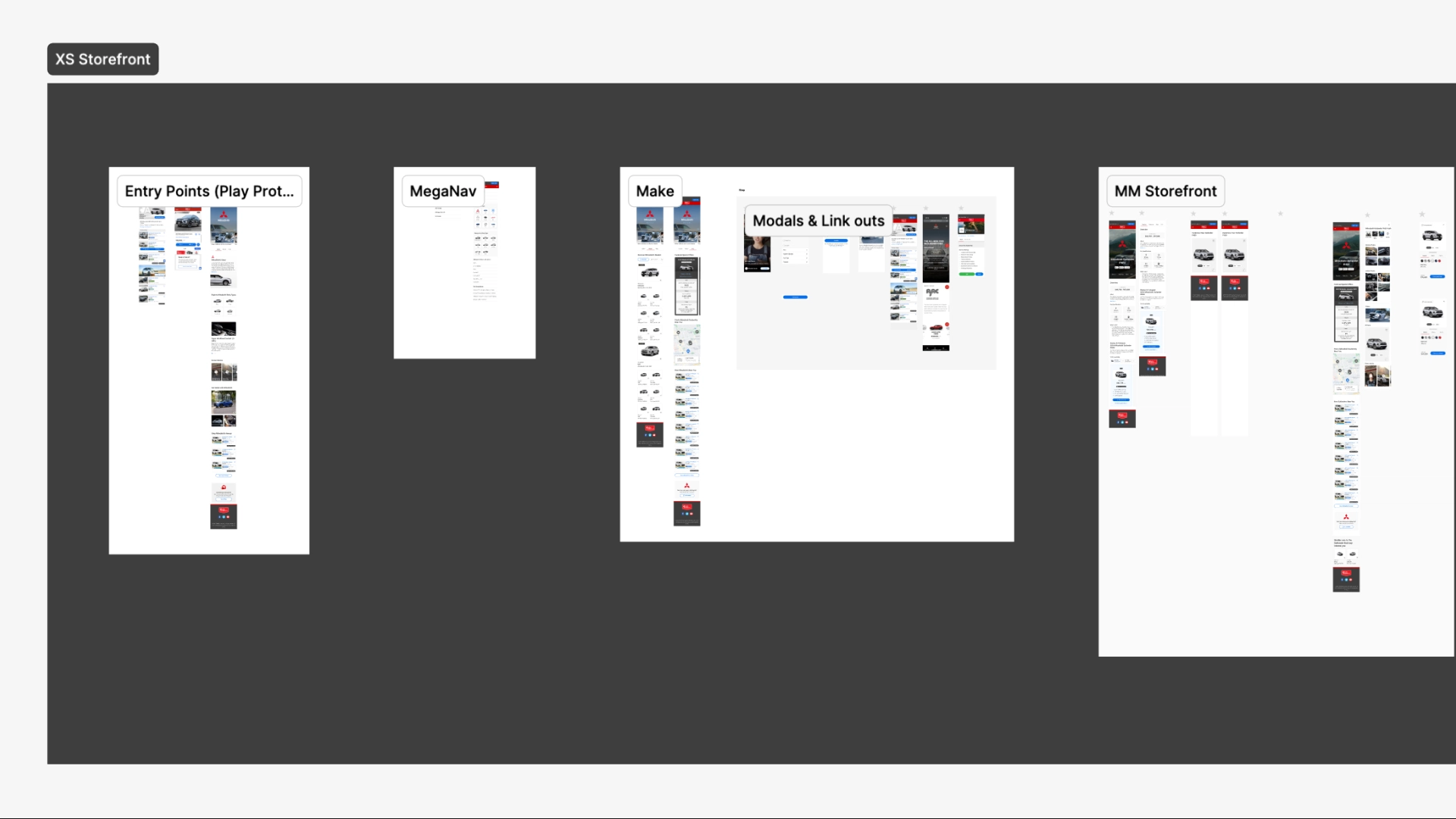
A Dynamic 3D Vehicle Configurator
From Exploration to Action—Bringing Car Buying to Life
Pivot, powered by London Dynamics, was designed to transform passive browsing into high-intent action. This premium 3D vehicle configurator allows users to fully explore and build their ideal vehicle in an immersive, interactive experience. From selecting trims and colors to customizing key features, every detail is visualized in real-time, creating an engaging and informative shopping journey. But the real power of Pivot isn’t just in exploration—it’s in conversion.
Once a user builds their vehicle, Pivot seamlessly bridges the gap between consideration and action. Through complex integrations, real-time dealership inventory is surfaced, allowing users to see matching vehicles near them instantly. With a single click, they can submit a lead directly to the OEM, which is dynamically routed to the appropriate dealership. This streamlines the path from interest to purchase, ensuring that every configured vehicle becomes a potential sale. By integrating deep data connections with an intuitive user experience, Pivot is more than just a configurator—it’s a conversion engine designed to drive real business impact.

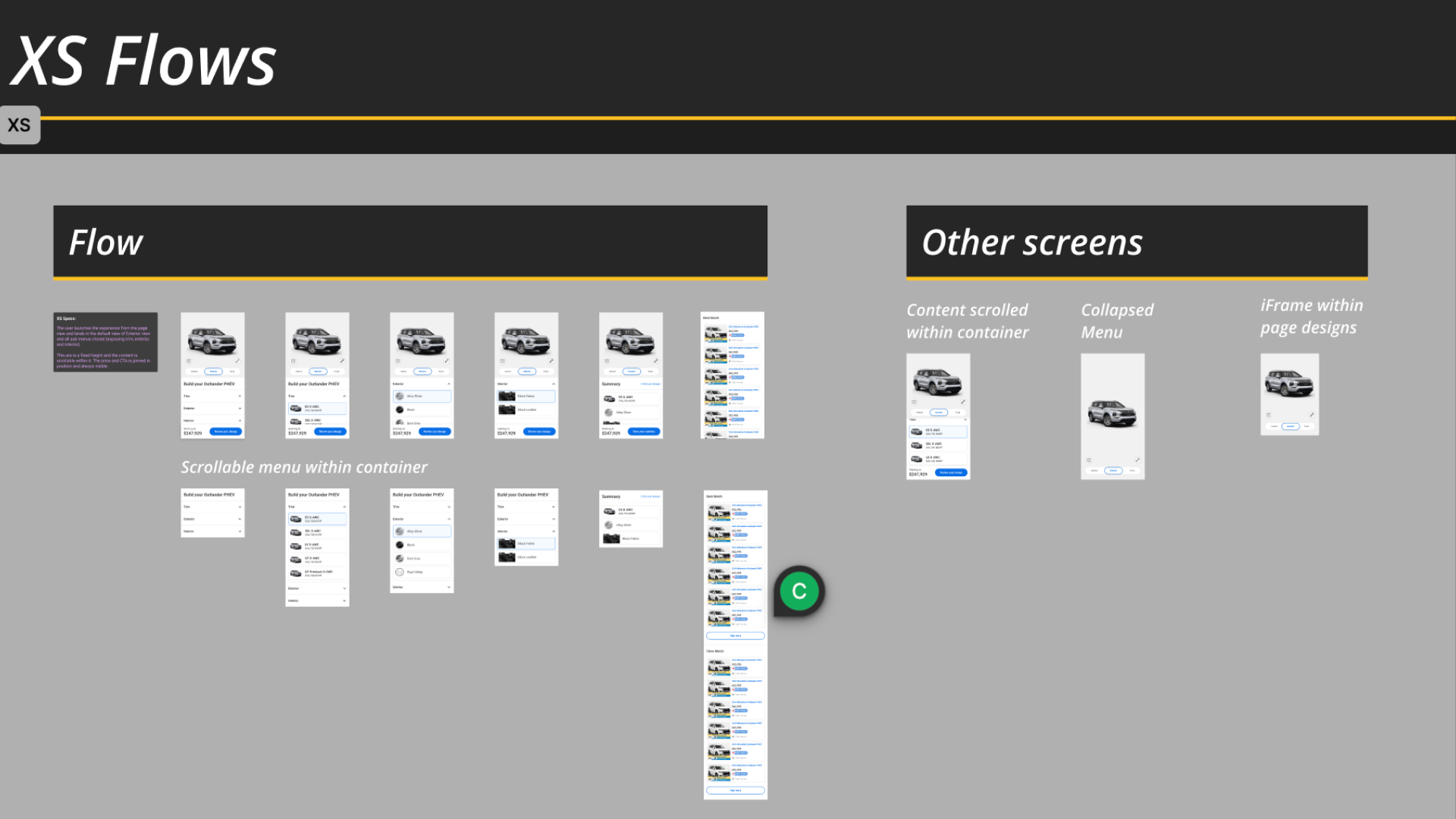



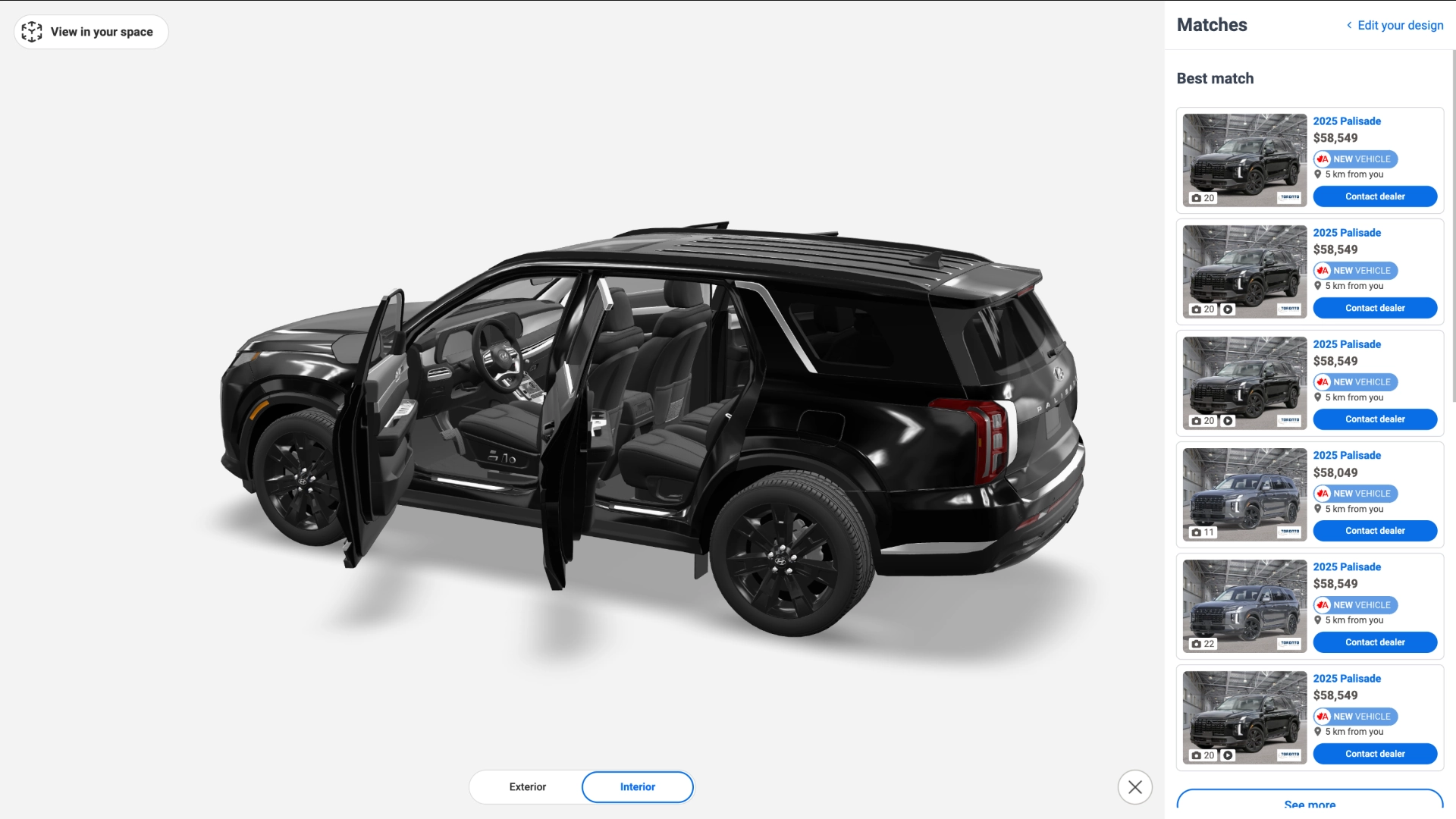
Evolving Pivot: Optimization & Next-Gen Innovation
The first iteration of Pivot was a breakthrough for our marketplace, but like any MVP, it surfaced opportunities for refinement—especially in mobile usability. Early data and user feedback made it clear that the mobile experience wasn’t hitting the mark, with usability gaps in structure, sizing, and overall touch interaction. To address this, I’ve been leading a focused optimization effort, working closely with development to fine-tune the mobile experience. This includes refining layout responsiveness, improving touch controls, and enhancing the configurator’s visual hierarchy to ensure a seamless, intuitive flow for users on their phones. These changes are critical to maximizing engagement and conversion on mobile, where a majority of users interact with the platform.

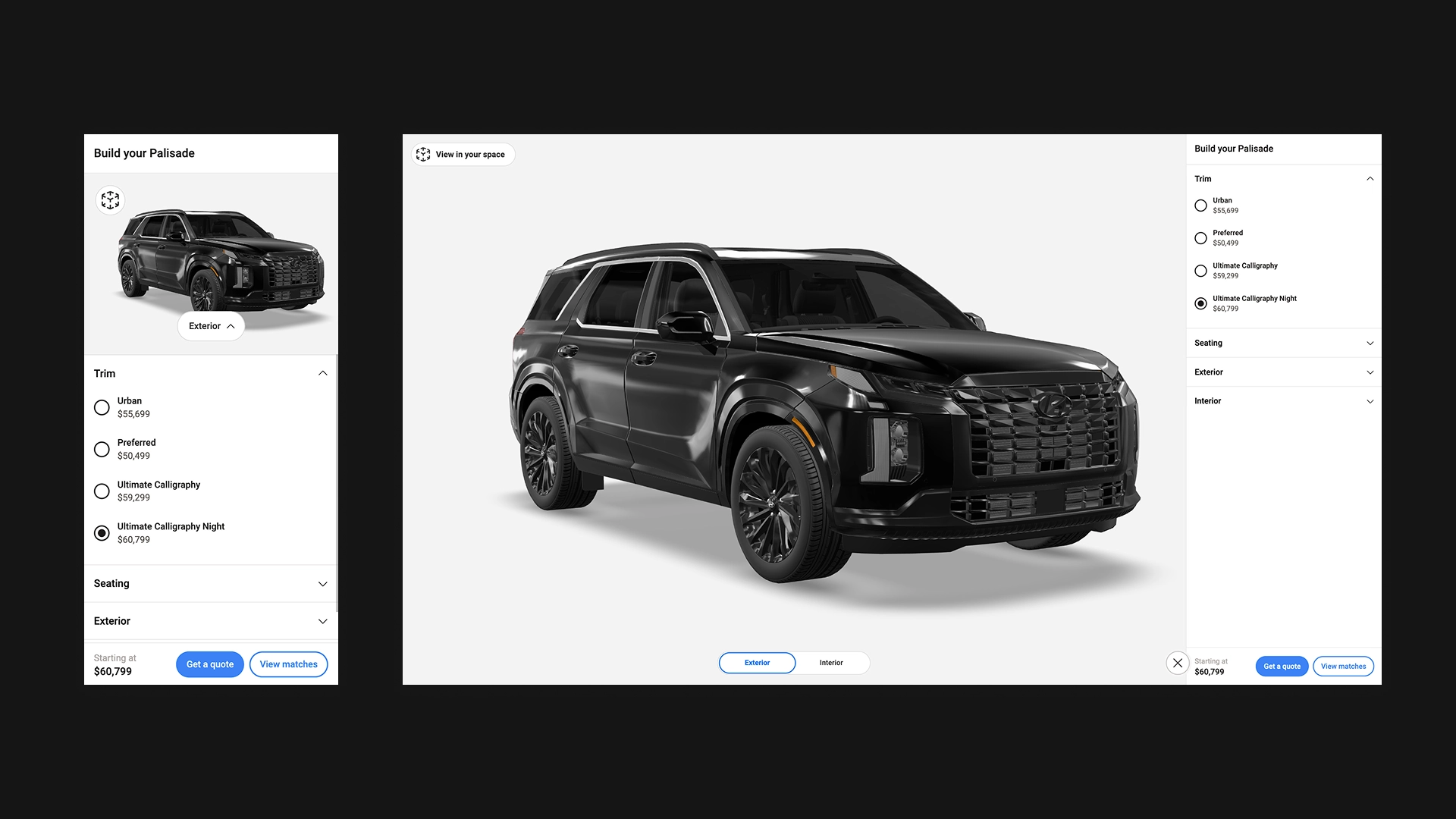
Beyond optimization, we’re gearing up for Pivot V2—a full-scale reimagining of the experience. I’m leading the redesign and product roadmap, collaborating across teams to push this product into its next evolution. This means rethinking everything from user onboarding and interaction design to expanding customization controls and creating a more immersive, full-screen 3D environment. A key goal is to remove Pivot from its current iFrame constraints, enabling a true native experience that enhances performance, user engagement, and lead generation. By taking a ground-up approach, we’re ensuring that Pivot isn’t just an add-on to the shopping journey—it becomes a core driver of it.



Designing Beyond Storefront: Integrating with the Marketplace
Creating a premium shopping experience with Storefront wasn’t just about designing the product itself—it required a strategic approach to how users discover and enter the experience from the broader AutoTrader marketplace. I worked closely with marketplace stakeholders, including marketing leadership, to position high-visibility entry points that would drive engagement. One major initiative was restructuring the marketplace’s mega menu, refining its design and functionality to ensure Storefront had a clear, intuitive presence alongside other key shopping tools.
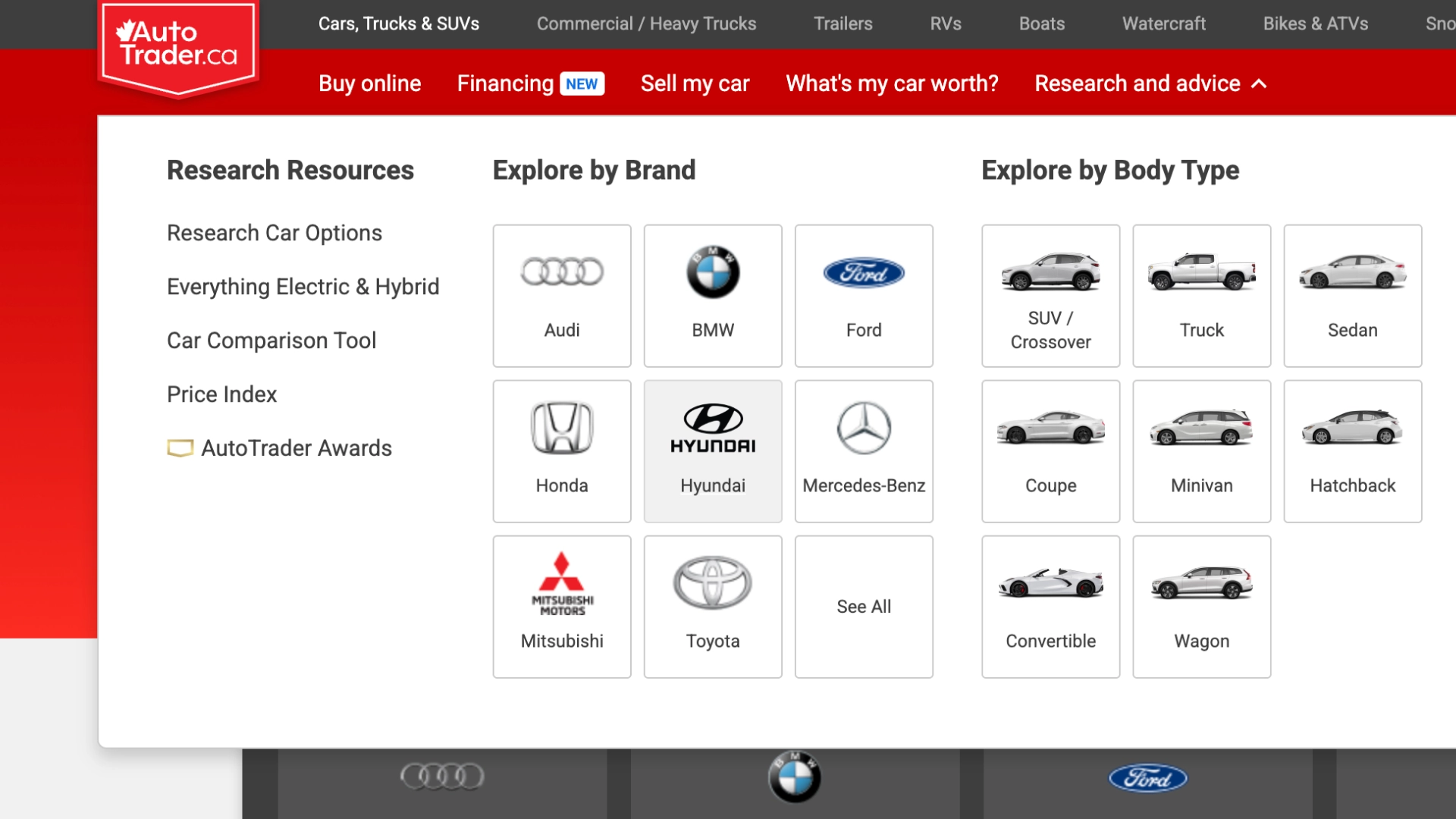
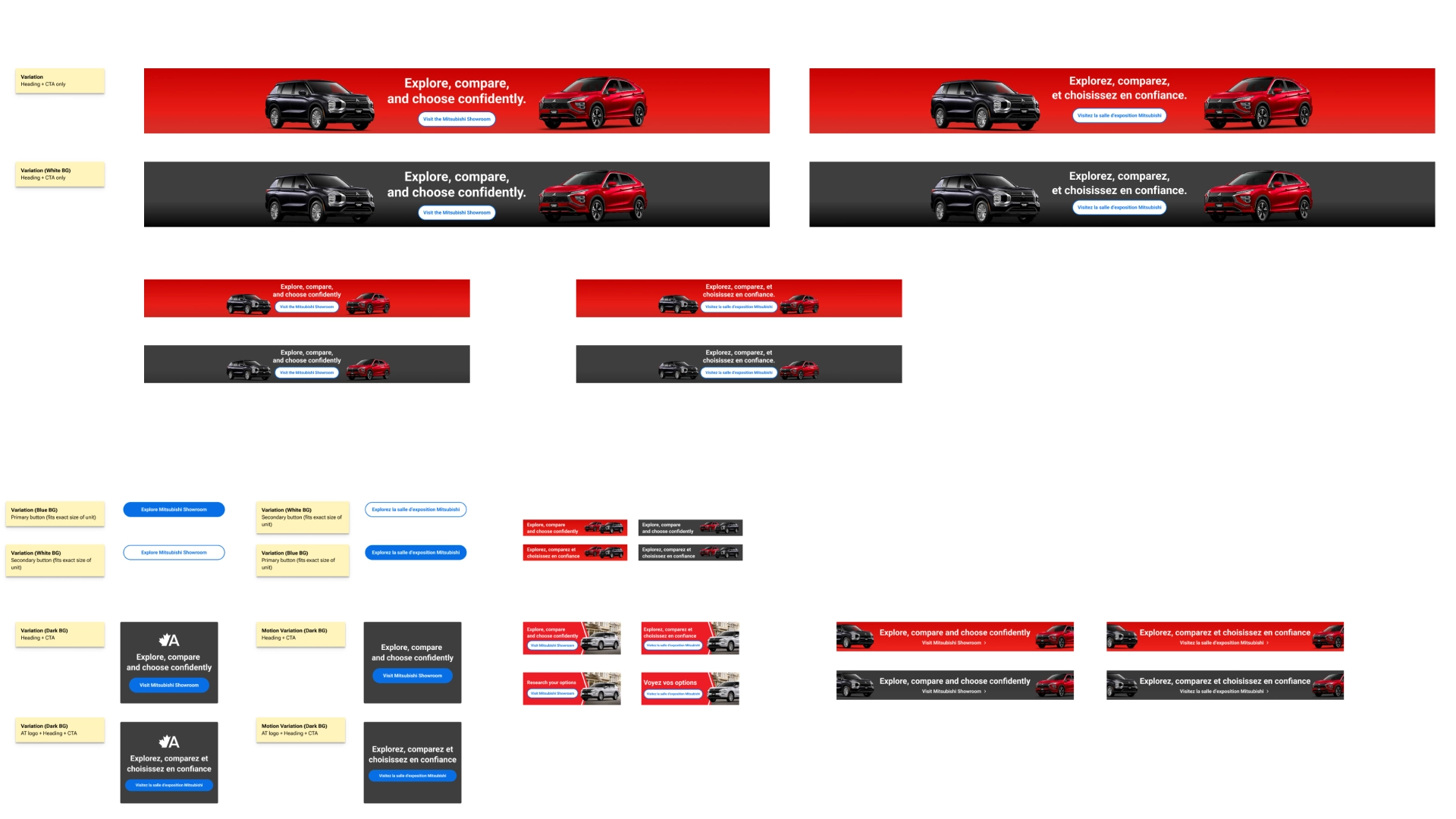
The Execution
Bringing Storefront to Life
The Storefront MVP launched with Mitsubishi, followed by Hyundai, showcasing a refined brand experience with 3D vehicle configuration, model exploration, in-market offers, and high-performance lead generation tactics. (Below: a gallery of live product assets illustrating the final design and experience.)
Leading Execution: Building, Managing, and Innovating
Executing Storefront was a complex challenge—built entirely outside of the core AutoTrader ecosystem on Webflow, requiring custom development solutions to handle dynamic content, data attributes, and SEO optimization. For the MVP, we partnered with Webflow agency Composite, and I led the full development and delivery of the front-end. This included managing all communication with the agency, driving alignment between internal teams and leadership, handling feedback loops, maintaining change logs, and ensuring design timelines stayed on track. My role was pivotal in not just delivering the initial product, but also in fostering a strong partnership with Webflow and Composite, ensuring we leveraged the platform to its fullest potential.
Post-MVP, I continue to lead roadmap planning, agency resource allocation, and ongoing content management, ensuring Storefront remains dynamic and competitive. This isn’t a static product—content campaigns roll out quarterly, in-market offers shift monthly, and ongoing iterations drive continuous optimization. My focus is on pushing the boundaries of what’s possible within Webflow while ensuring seamless integration with AutoTrader’s broader marketplace strategy. By championing innovation and maintaining a high standard for execution, I’ve positioned Storefront as a scalable, high-performance solution that adapts to both business needs and user expectations.
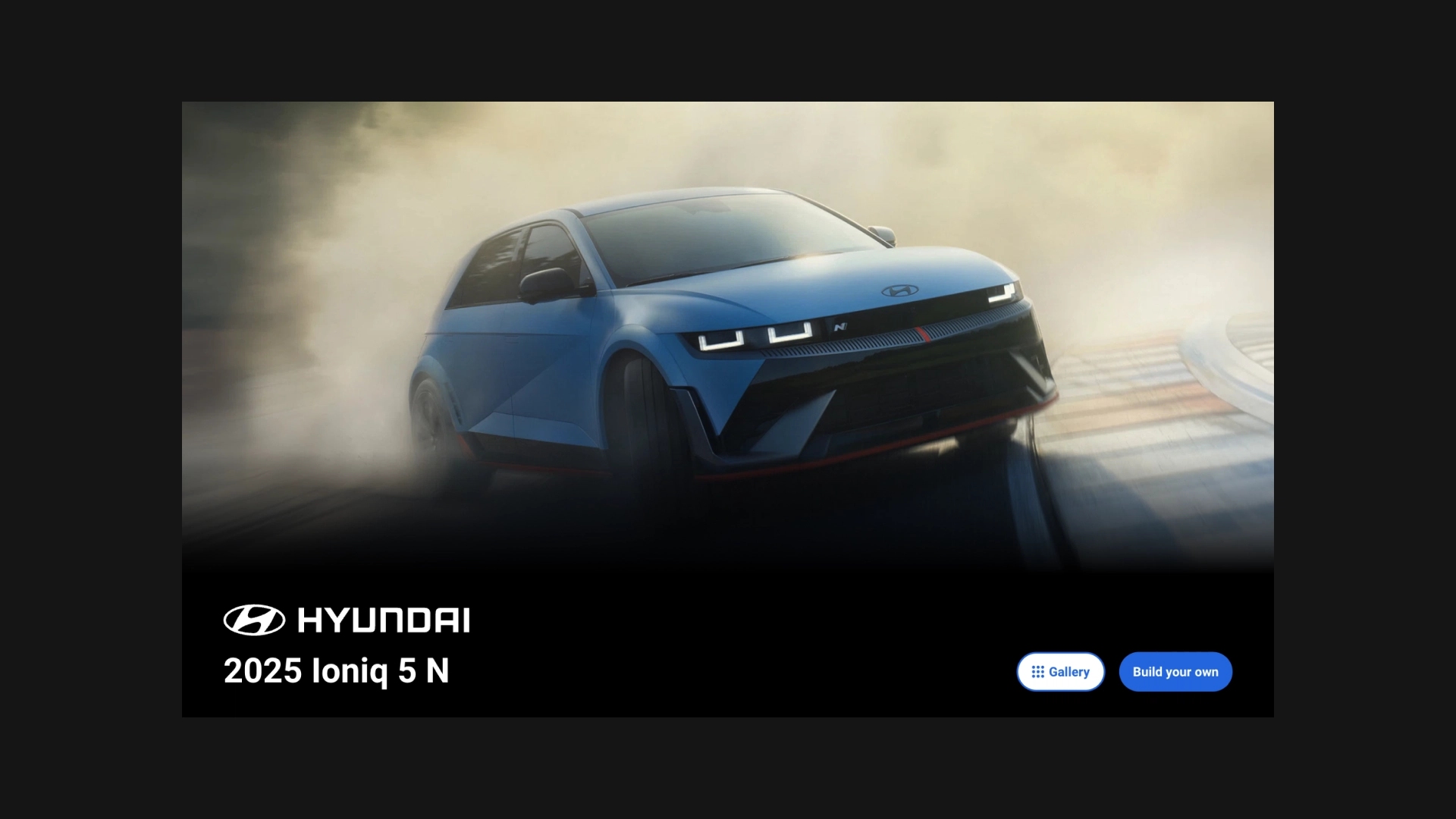
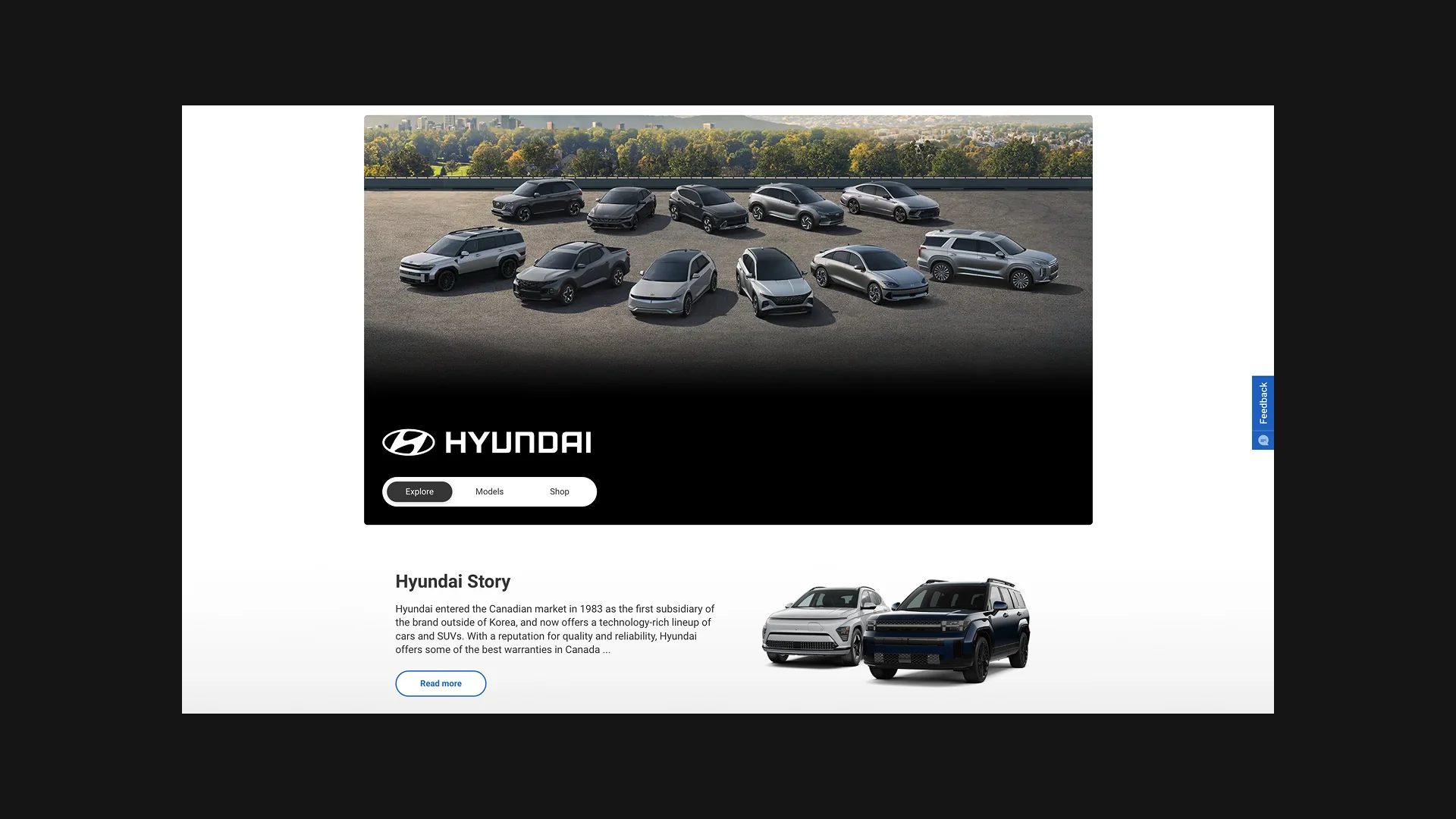




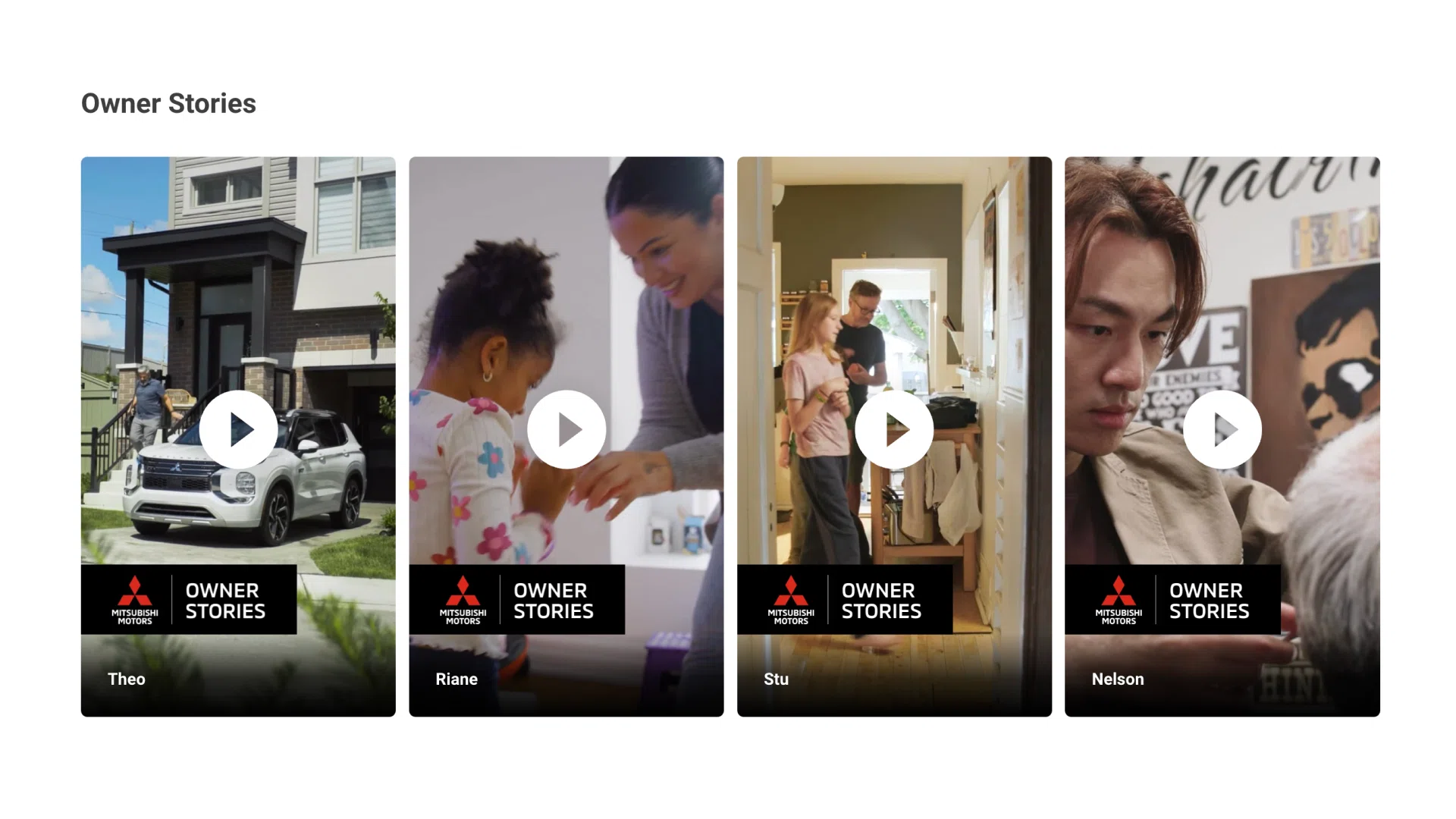
The Refinement
MVP ≠ Final Product: Iterating at Speed
Post-launch, rapid iteration became key. As Hyundai’s Storefront was introduced, we revisited our approach to dynamic content scaling, refining everything from design elements to information hierarchy. We adjusted brand customization models, improved CTA placements, and optimized UI components to better serve different manufacturers while maintaining a cohesive user experience.
.webp)
.webp)

The Evolution
Beyond MVP: Scaling, Optimizing, and Innovating
The roadmap now focuses on conversion optimization and personalization. Future iterations will enhance the lead journey to reach a 4% conversion rate, introduce tailored hero sections and CTAs, refine the information architecture for an optimized shopping flow, and launch Pivot—a fully immersive, full-screen 3D vehicle configurator designed to drive lead growth through best-in-class interaction design.



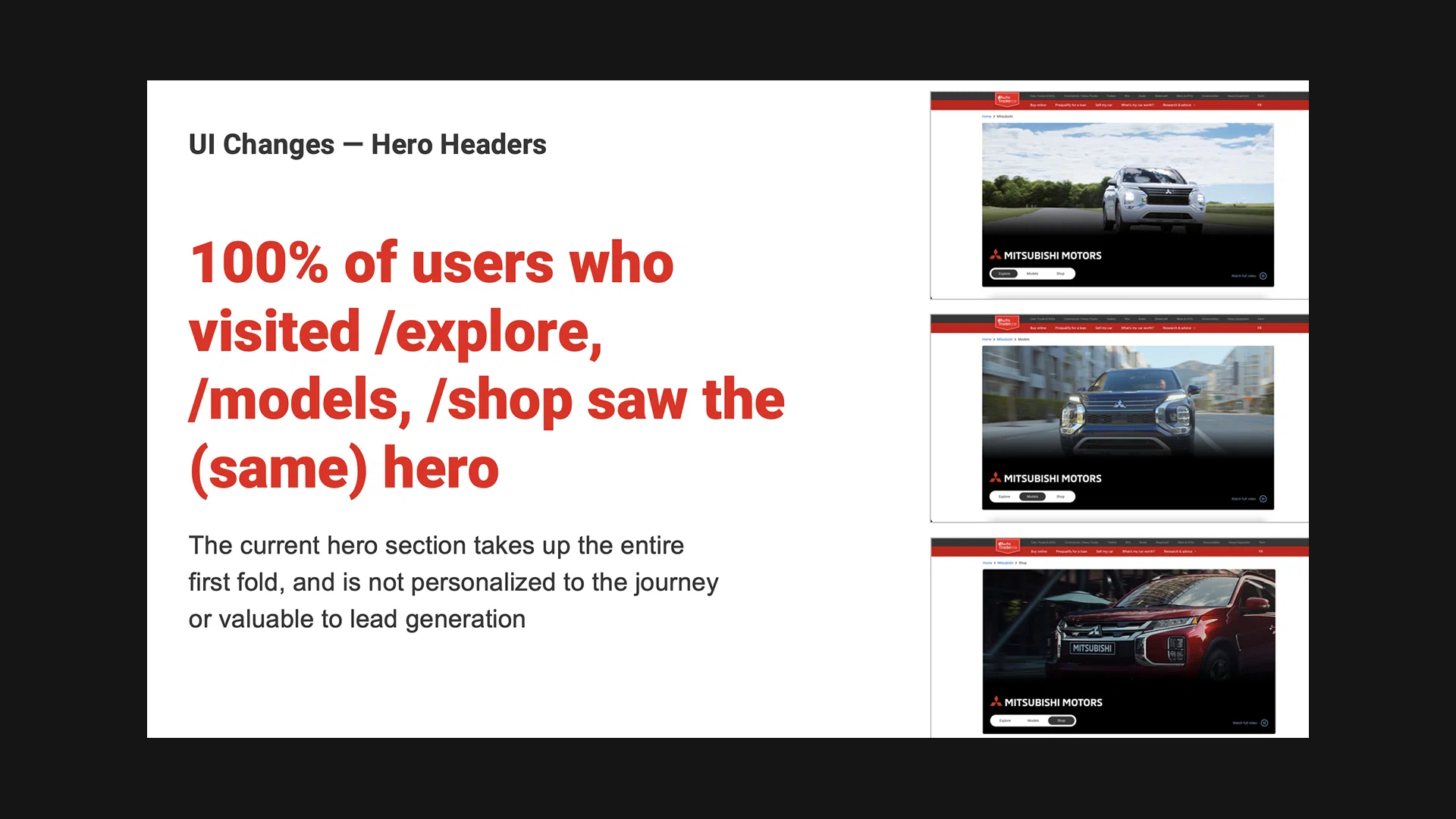

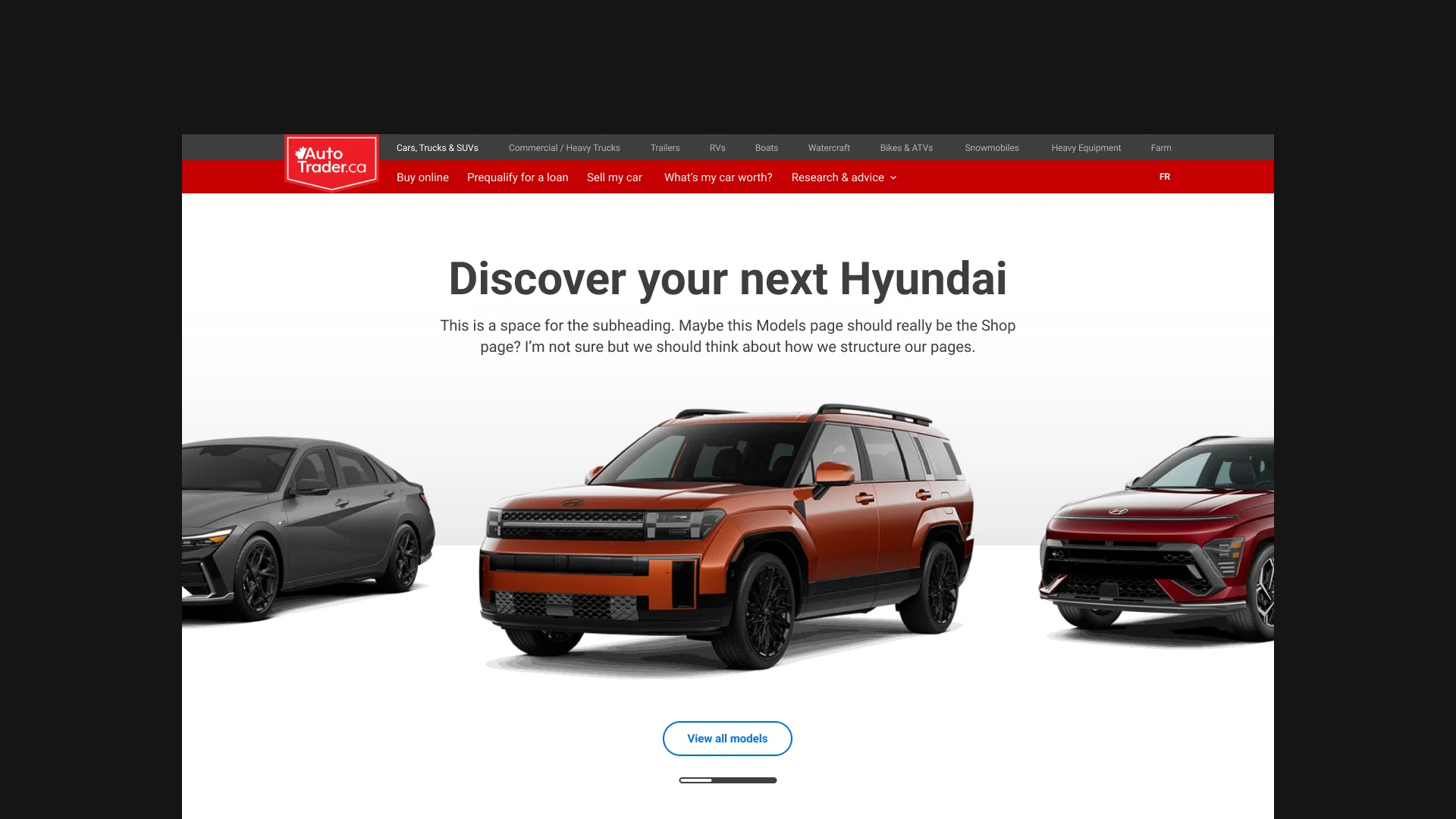
The Impact
More Clicks, More Leads, More Brand Power
The Storefront product exceeded expectations, delivering a 3x faster speed to market, a 33% increase in website engagement, and a 25% lift in high-intent traffic. These early wins validated the approach and laid the foundation for continued optimization and expansion.
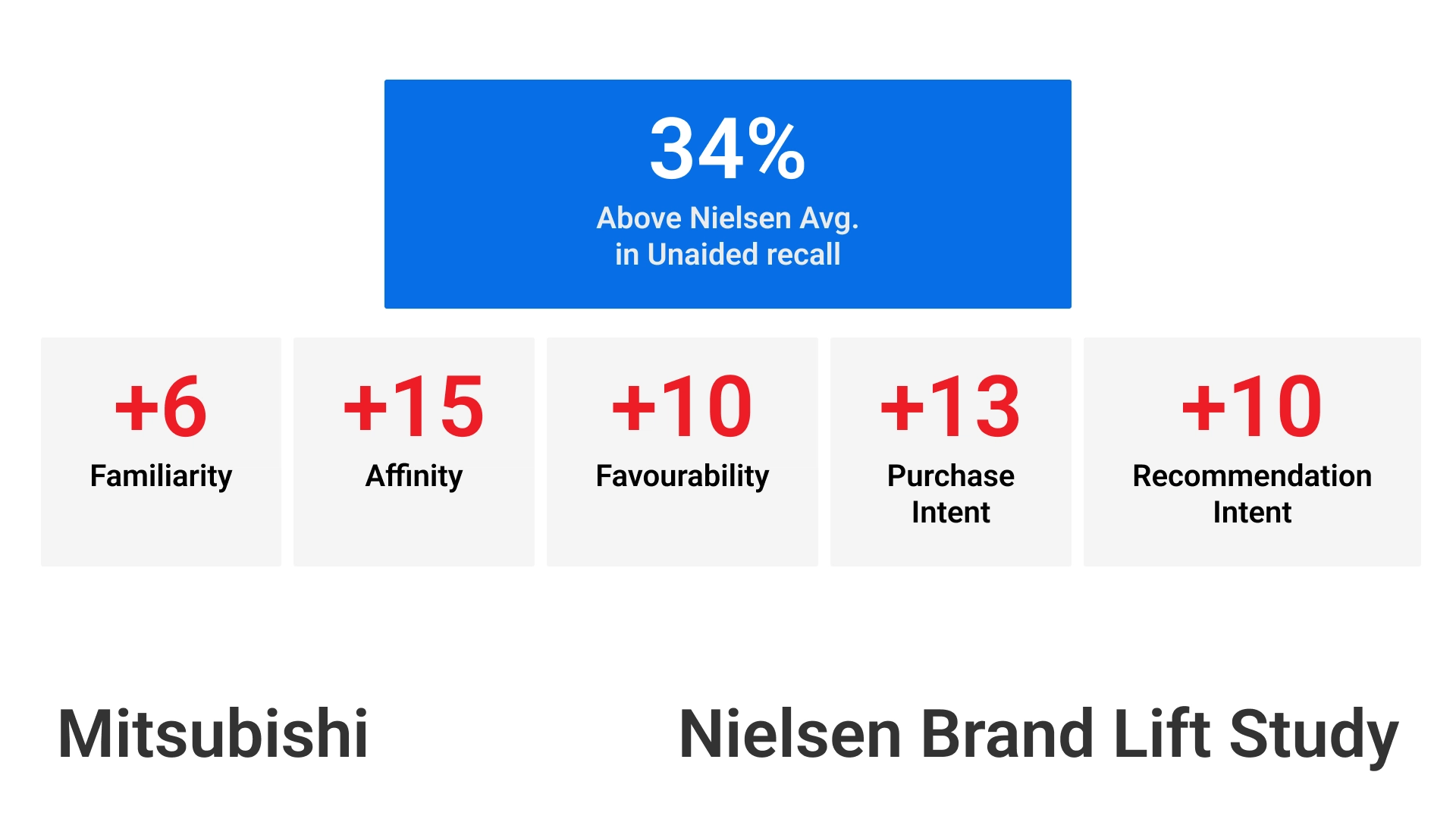
Reflections
Speed is a Feature—But So is Thoughtfulness
Building fast and lean gets you to market, but it often comes at the cost of refinement. We hit our deadlines, but post-launch, it became clear that speed dictated the product more than user needs did. The phrase “let’s just get something out there” influenced quality more than customer expectations. The biggest takeaway? Viability should be defined by the customer—not the timeline. Moving forward, balancing speed with intentionality will be key to building scalable, high-performing products.
Pushing Limits: The Power—and Cost—of a Lean Team
This project proved that with the right people, a small team can achieve incredible things at an insane pace. We built and launched a high-impact product in record time, proving that speed and execution don’t always require massive teams—just the right mix of talent, alignment, and drive. But that came at a cost. For half the year, I was working 80-hour weeks, and the team was stretched to its limits. Burnout became a real issue—not because of lack of commitment, but because the MVP’s scope was massive relative to the resources we had. Now, post-launch, we’re in a race to retrofit scalability, gathering requirements and solving challenges that weren’t fully mapped out in the MVP phase. It’s a lesson in balance—momentum is key, but long-term success means ensuring sustainability for both the product and the people building it.
